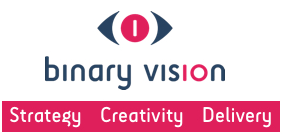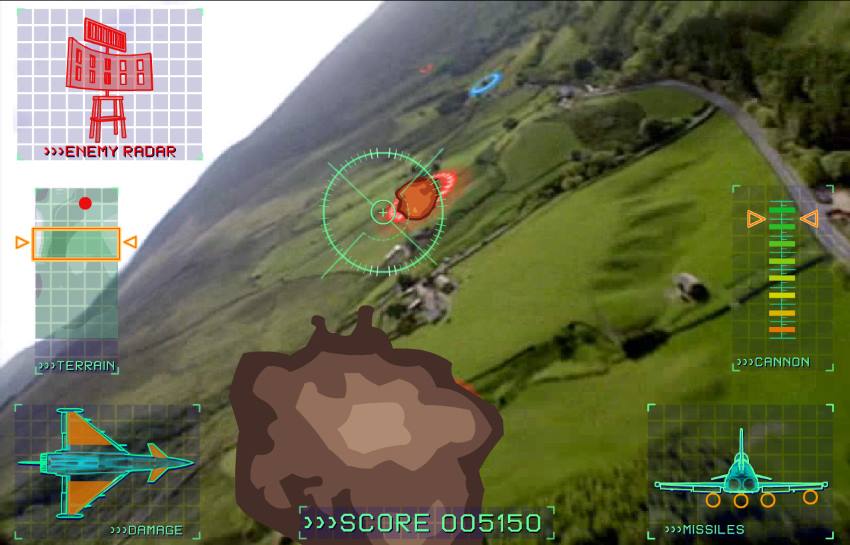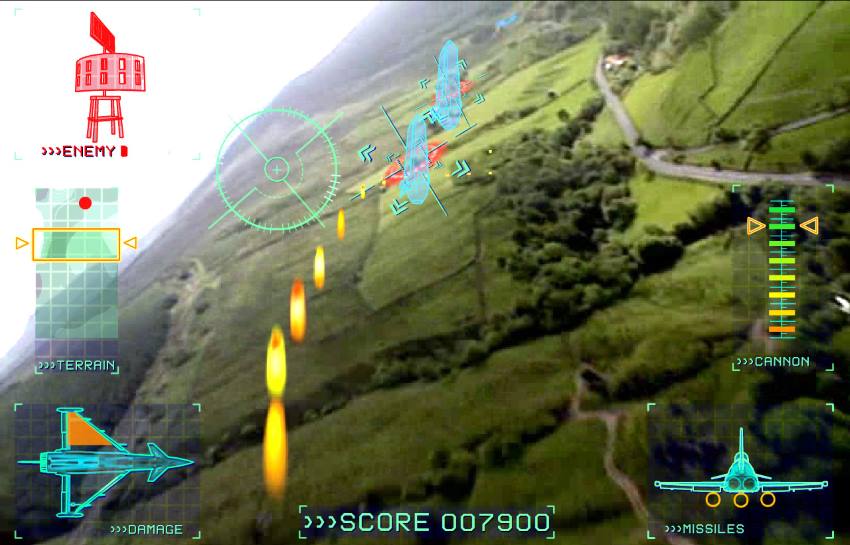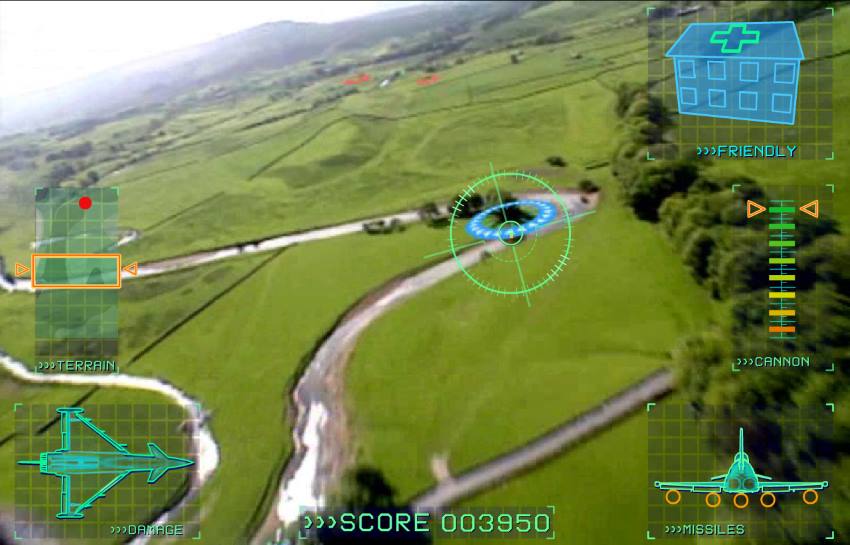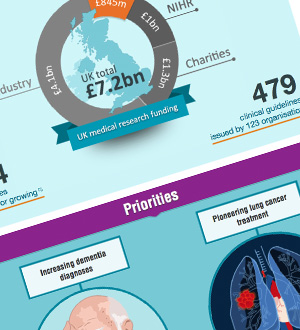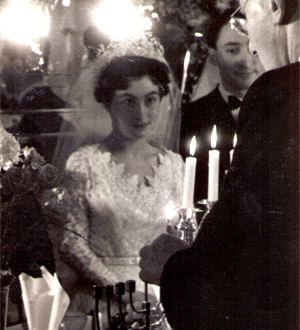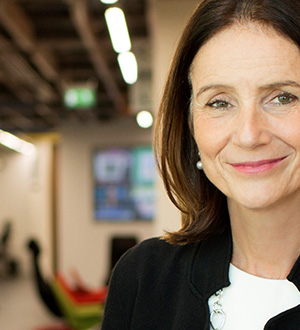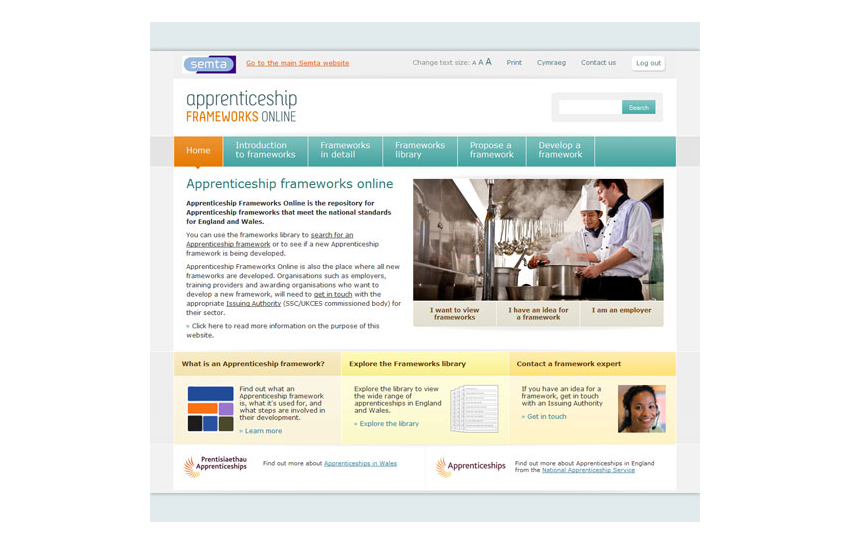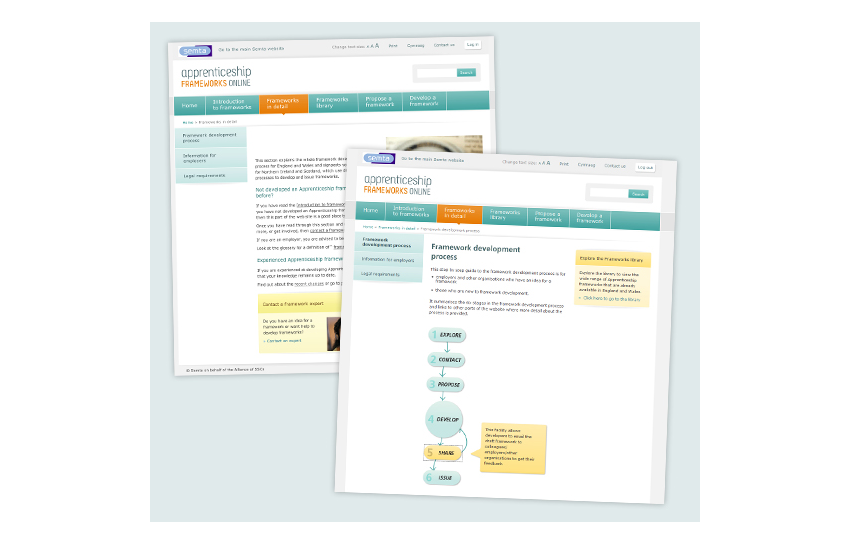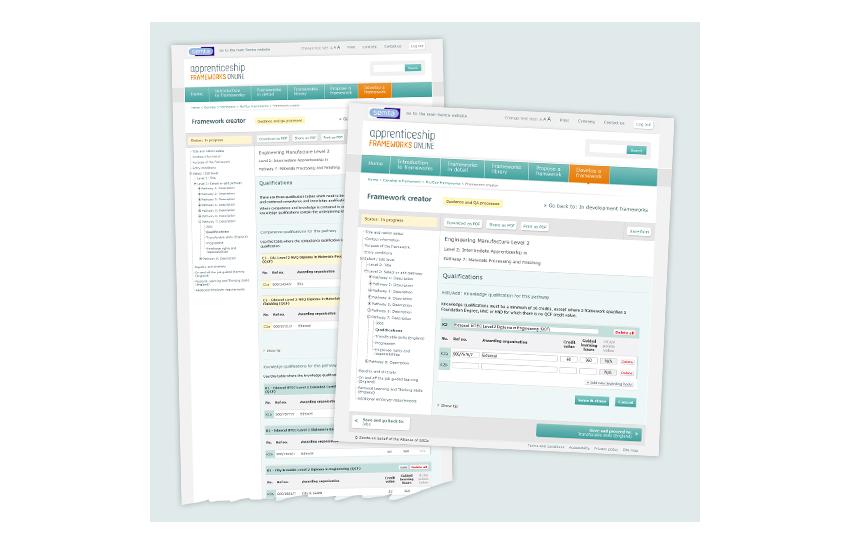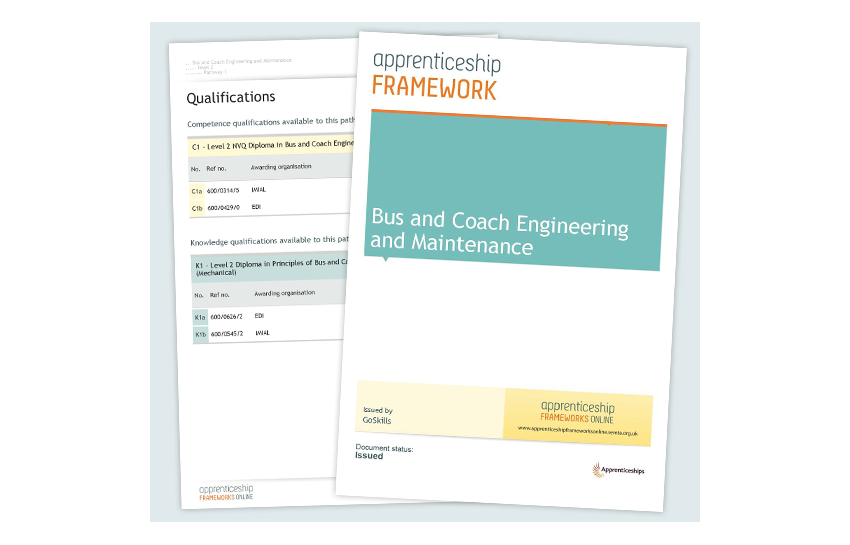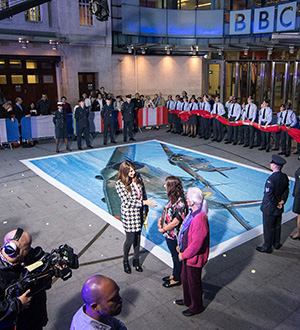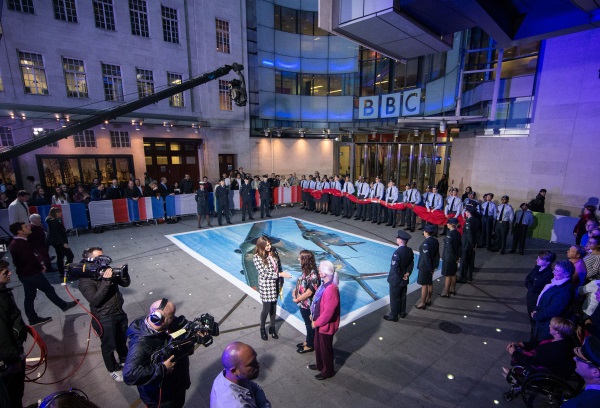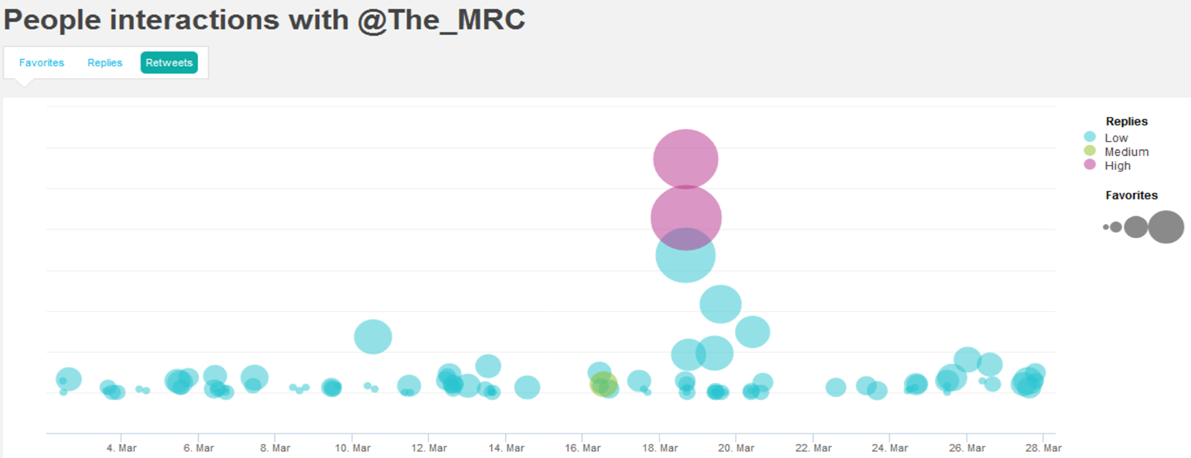General Pharmaceutical Council
“I would not hesitate to use Binary Vision again and certainly cannot recommend them highly enough”
Emma Beals, GPhC
General Pharmaceutical Council
Creating a ‘digital first’ strategy and phasing out print.
The challenge
The General Pharmaceutical Council (GPhC) is the national regulator for all pharmacies, pharmacists and pharmacy technicians in Britain. The GPhC had a number of printed publications, such as their annual report, that were valued by users but were becoming increasingly expensive to print and distribute.
What we did
We created HTML versions of key publications – better for SEO and better all round for users. The web versions can also be used to dynamically generate PDF files so that:
- Users can print the whole publication or add just the pages they want to a print basket and create a customised version
- As a regulator, the GPhC has to file a professionally printed and bound version of their accounts, to a specified format, with parliament. They can now use the CMS to simply generate the necessary PDF version, direct from the HTML publication. This not only reduces costs but eliminates the errors that so often occur with two versions of a publication. There is one, master version of the text.
How it turned out
The GPhC have made major savings on print costs and it is now possible to update elements like the Pre-registration manual as and when changes in practice come into effect.
Users find the responsive, HTML versions far easier to use and appreciate the convenience of creating their own, custom print versions.
“In all my dealings with Rupert, all Binary Vision staff and external contractors in the employ of BV I have found them to be utterly professional, willing to go the extra mile (and beyond) and extremely astute in their field.
“I would not hesitate to use Binary Vision again and certainly cannot recommend them highly enough both as a company but also as very committed individuals who are a pleasure to do business with.”
